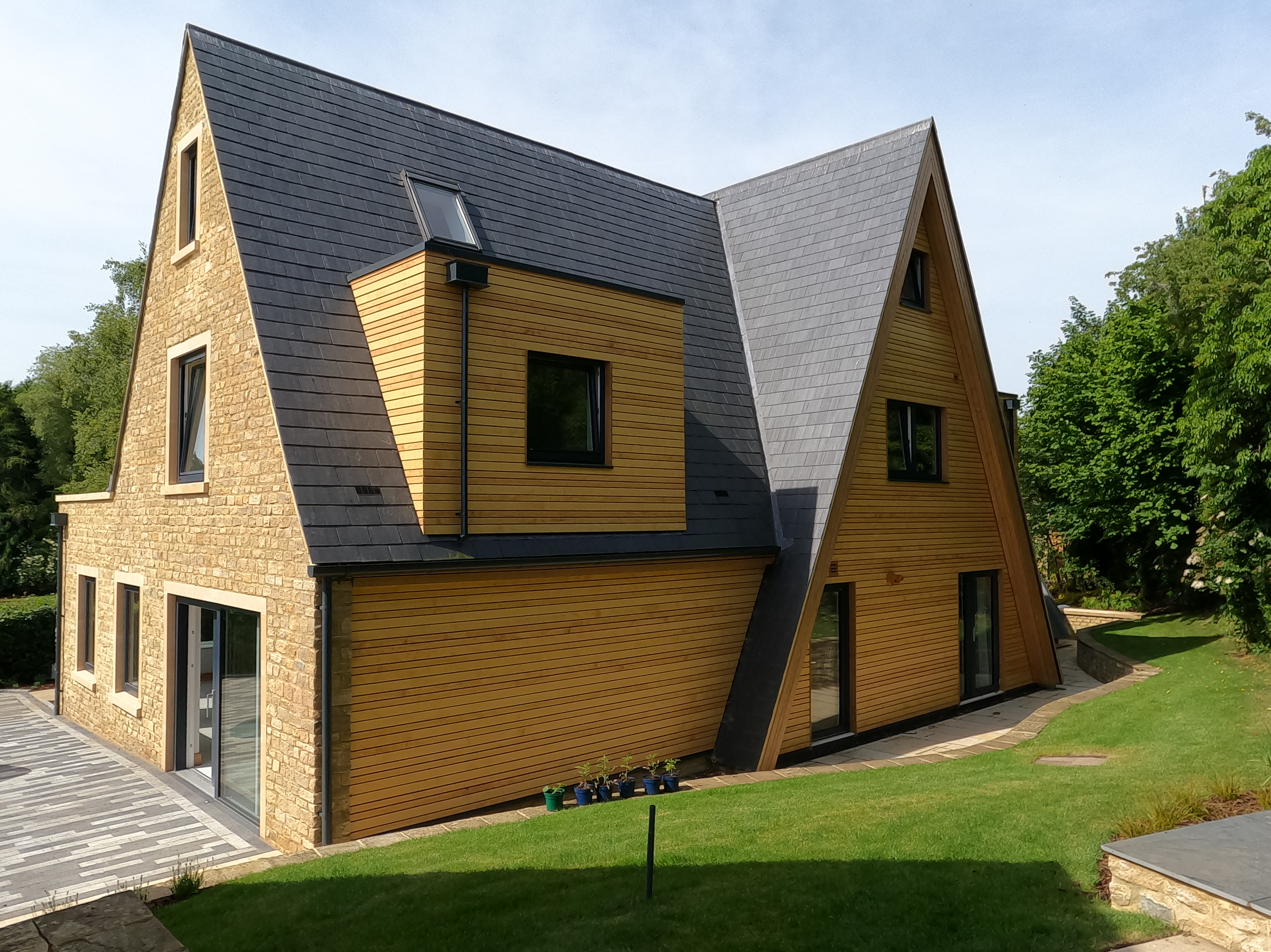Main Uses of Accoya Cladding
Cladding, brise soleil, decking, joinery and garden furniture.
Key Features of Accoya Wood
-
Uniformed pale yellow which will weather to a silver / grey if left uncoated.
-
Accoya exceeds the performance of durable woods in long term ground contact field tests, according to the local national standards in Australia, Japan, New Zealand and USA. EN 350 Class 1 (the highest rating).
-
Modified Softwood
-
Density - 510kg p/m³ on average (range 400 to 600 kg p/m³)
-
Movement - small
-
Grain Direction - mixed, flat and some vertical.
-
Texture - fine











